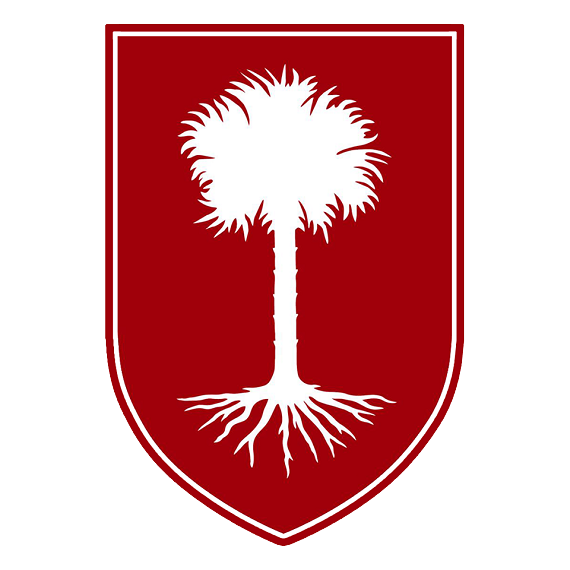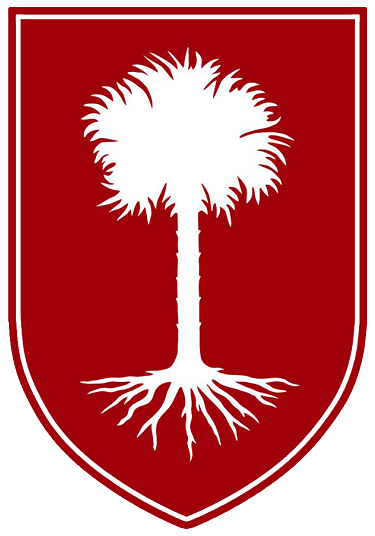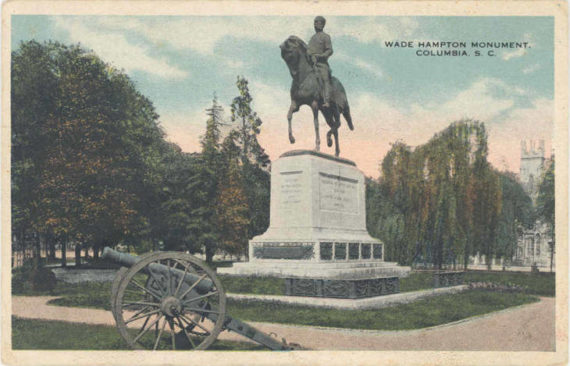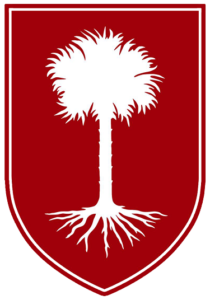A review of Witchcraft in the Colonial Virginia (The History Press 2019), by Carson O. Hudson
Nowadays, witchcraft and sorcery are part of pop culture. Both in Europe and America. These issues permeate many histories in various countries of Western civilization. They are present in fairy tales, folk tales and legends. Their influence seems to be very significant. It is particularly noticeable in villages, among the peripheries, where the wisdom of ancestors is embedded in customary law. Wherever legends are still passed down orally from generation to generation, thus constituting a certain continuity of the traditions of a given community. When we mention this issue, in Europe we usually analyze the Middle Ages, where research on the Holy Inquisition and institutional accusations of heresy or accusations of the so-called making a deal with the devil. Many of them are, of course, the invention of anti-clericals and “militant atheists” who use this period as a weapon to fight the Christian faith. In America, on the other hand, what comes to mind is the town of Salem and its legendary black witch trial, which took place in 1692-1693. The New England region and the ancient Puritans are the main source of historical references in the study of witchcraft and sorcery in America. Literature, feature films, reportages and, generally speaking, the world of entertainment focus only on the Salem case. The figure of the famous Abigail Williams is quoted, whose story, for example, was filmed in Hollywood in the otherwise good movie “The Crucible”. In my opinion, this movie (and its story) itself should not be perceived as an attack on the religiosity of the Past, but rather as an interesting study of the manipulation of people by cunning and vile individuals.
There seems to be a relatively large number of scientific studies on this topic, and the town of Salem itself is currently a “sanctuary” dedicated to the history of witches. The story of the Salem witches has been very popularized and is undoubtedly one of the most interesting tourist attractions on the east coast of the United States. However, publications that examine this issue in other parts of America are rare. Therefore, the publication by Carson O. Hudson seems surprising and unique, as it addresses the topic of witches in relation to Virginia.
Author Carson O. Hudson is, according to the author’s note, a Virginian, a history and Civil War enthusiast, and a science popularizer. In this concise, almost 150-page study, he presents the issue of witchcraft in Virginia in a fairly comprehensive manner. Hudson’s book consists of four main chapters. The first chapter focuses on examples of belief in witchcraft among the first inhabitants of the Virginia colony. It presents their ideas about witches, evil spirits and devils. There are many references to European tradition here. There are many valuable engravings and graphics, which are copies of classic artistic works on this topic.In the second chapter, Hudson recounts the rules and laws regarding witchcraft that were implemented from England to colonial Virginia. Discusses the English Witchcraft Acts from the 16th century and shows the evolution of these laws until the 18th century. The third chapter takes us through the opinions and positions of various experts and authorities of the era in the field of witchcraft. Theologians, clergy and philosophers who analyzed this problem are cited. The fourth chapter, titled quite dramatically, ‘about poor souls accused of witchcraft’, presents a systematic list of all Virginia women who were considered witches and were subject to witchcraft trials. It is worth mentioning that it was in Virginia that the first trial of a woman accused of witchcraft took place. In 1626 in the General Court at Jamestown and concerned Joan Wright. Another example is Grace Sherwood and her case. There is a place dedicated to her in Virginia Beach: grave, statue and some short information.
The work also seems interesting in a short presentation of the colonists’ contact with Indians and their beliefs. The Indians worshiped the forces of nature and believed in many different spirits, ghosts and forest deities. Indian mythology was so rich and different that in contact with Christian settlers it must have had a strong influence on them. It seems that the book is not free from a stereotypical approach to the relations between colonists and Indians. Due to the complexity of the topic, I must limit my criticism of the book’s stereotypical approach to the relationship between colonists and Indians. In historical research, the brutality of the Indians towards the first settlers is quite well documented and, for balance, it is worth mentioning it to understand that the fears of the deeply religious community against Evil were justified at that time. Examples of early sources indicate, the Orpax massacre in 1609 etc.
In the political case of the Powhatan Confederacy, Jeff Fynn-Paul in his great book “Not Stolen…” points out that: “Meanwhile in early Virginia, the Jamestown settlers arrived to find that Chief Powhatan had subjugated no fewer than two dozen tribes during his own lifetime via a combination of warfare, intimidation and intrigue.” These processes are quite well described by Frederic W. Gleach in “Powhatan’s World and Colonial Virginia. A Conflict of Cultures”. Historian David Hackett Fischer in “Albion’s Seed…” also mentions the warlike nature of the Powhatans.
To sum up, Hudson’s work ends with an epilogue along with appendices, i.e. documents and legal acts, which is its main advantage. The author should be commended for tackling an important and difficult topic, because as he rightly states: “Fears of Witchcraft are everywhere.”. Since true devil worshipers did exist, it would not be an exaggeration to say that some cases seem to be terrifying. Investigation of these matters in the South is rare. This work therefore makes an important contribution to the reconstruction of its complex and rich history. Hudson’s book, as a historical study, is also interesting because it leads the reader to new areas of scientific exploration and directs the reader to sources on the topic in question. After reading this book, it seems that witchcraft in colonial Virginia is an interesting and developing research topic also regarding early religious beliefs and ideas.
Unfortunately, the obstacle to research and exploration of the topic are sources and documents, but not many of them have survived, as Hudson himself also informs. Despite this situation, this research is important from the point of view of the history of Virginia itself and its cultural heritage. However, limited access to sources should not discourage others from exploring this matter. The topic certainly requires broader and more detailed studies. Although Hudson’s work undoubtedly deserves praise, it does not exhaust the topic in its entirety. Hudson seems to be paving the way in this matter, which makes his book a research inspiration worth reading. Because some interpretations of events seem to be exaggerated and are used by the Far-Left and radical feminism to stigmatize conservative attitudes, therefore reliable research is needed in this area. We can also hope that this topic will be further developed in terms of research, if not by the author himself, then by someone else.







One Comment